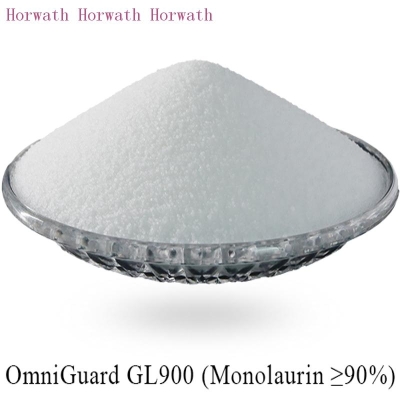British experts say the third way to find the spread of BSE
-
Last Update: 2002-10-09
-
Source: Internet
-
Author: User
Search more information of high quality chemicals, good prices and reliable suppliers, visit
www.echemi.com
Introduction: according to two British experts, in addition to the two ways of transmission, i.e pregnant cows infect their offspring and feed made from edible infected animals, the faeces of sick cattle may be the third way to infect BSE According to French media reports, British experts Alan Dickinson and Stephen Diller recently briefed their colleagues around the world on the results of the study They said many mice were infected with mad cow disease by injecting them directly with the faeces of diseased cattle This shows that the feces excreted by diseased cattle can also be the vector of BSE They stressed that fecal worms can spread the faeces of sick cattle everywhere The saw protein in the faeces of diseased cattle can survive for several years in the soil If a healthy herd happens to eat leather in a pasture contaminated with the faeces of sick cattle, it may be infected with BSE Previously, experts generally believed that the transmission way of mad cow disease is that pregnant cows can be transmitted to cattle and feed made from animal bone meal Therefore, European countries have taken strict measures to prohibit feeding ruminant livestock with animal bone meal; once BSE is found, all sick cattle and their cattle must be slaughtered and burned Nevertheless, the number of BSE in continental Europe is on the rise In France, for example, since the first case of BSE was found in 1991, 97 cases have been found so far, 17 of which were found in less than five months this year Jean grawani, Minister of agriculture and Fisheries of France, said that France has banned the feeding of ruminant livestock with animal bone meal since July, 1996, and further banned the feeding of pigs and poultry with animal bone meal in August, 1996, so as to prevent ruminant livestock from contracting mad cow disease due to eating feed contaminated by pig and poultry feed The incubation period of BSE is generally 5 years If there are only two known routes of transmission, the number of BSE in France, which has taken strict measures, should be less and less now, and will be completely eliminated by the end of 2001 However, the number of cases of BSE in France is increasing This suggests that there should be other routes of transmission of BSE besides the known ones French experts believe that the British experts' research has explained the reason for the increase of BSE cases year by year, but this needs to be verified by other experiments If this result can be further proved, the prevention and control measures of BSE should continue to be improved, and the time to completely eliminate BSE should be postponed for at least 5 years.
This article is an English version of an article which is originally in the Chinese language on echemi.com and is provided for information purposes only.
This website makes no representation or warranty of any kind, either expressed or implied, as to the accuracy, completeness ownership or reliability of
the article or any translations thereof. If you have any concerns or complaints relating to the article, please send an email, providing a detailed
description of the concern or complaint, to
service@echemi.com. A staff member will contact you within 5 working days. Once verified, infringing content
will be removed immediately.







